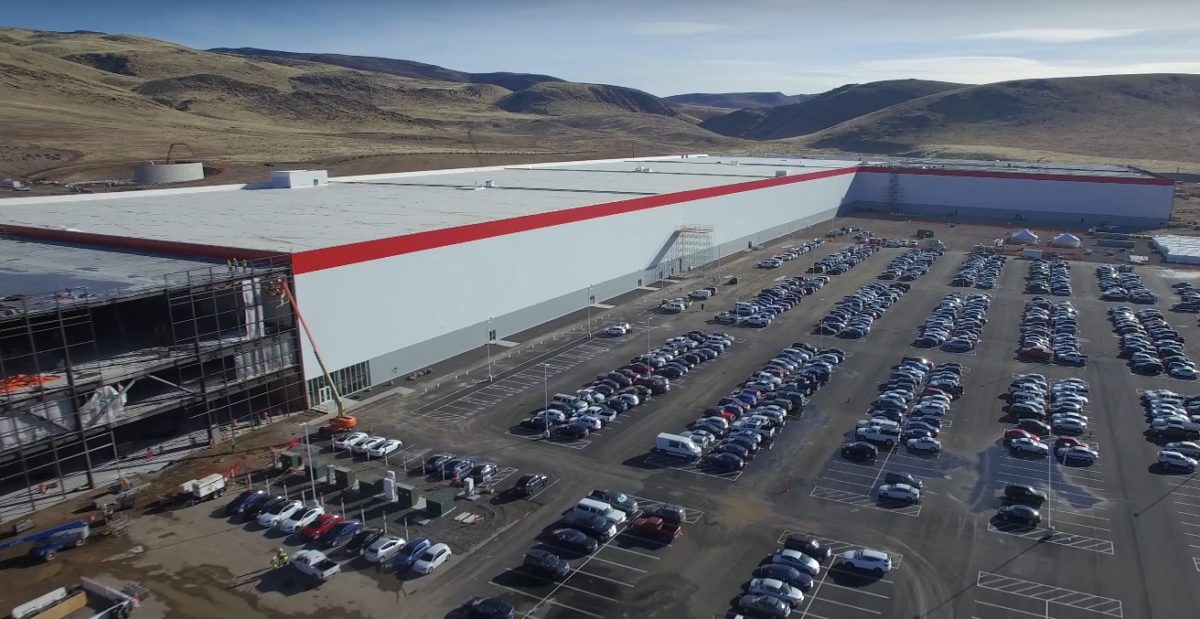Elon Musk has a lot on its plate these days. Besides preparing for the roll-out of Tesla’s lower-cost Model 3 in July and the start of pilot production of the building-integrated “Solar Roof” product some time over the next two months, Musk is landing re-usable rockets and teasing reporters with his “Boring Company”, which may start digging tunnels under Los Angeles.
Therefore Musk may perhaps be forgiven that maintaining the market share of the largest distributed solar company in the United States isn’t his top priority, or Tesla’s. In fact, since its acquisition by Tesla SolarCity is seeing a significant decline in its deployments and thus its market share.
In the first quarter of 2017 Tesla deployed only 150 MW of solar, a 30% decline from a year ago. It has also pivoted away from the third party model, with cash sales making up 31% of deployment during the quarter, as opposed to only 9% a year ago.
“Rather than prioritizing the growth of MW of solar deployed at any cost, we are selectively deploying projects that have higher margin and generate cash up front,” notes Tesla in its quarterly shareholder letter.
Tesla’s manner of presenting company information in this shareholder letter makes it very hard to gauge relative financial developments in this business, as revenues from solar and energy storage systems are lumped together at $214 million.
Additionally, the degree of profitability in this combined solar and storage business is hard to assess. Tesla provided only gross margin for its energy generation and storage business, with most operating expenses spread across all of its business lines.
Deployment of storage fell significantly quarter-over-quarter, even with the deployment of a 52 megawatt-hour (MWh) battery storage system on the island of Kaua’i, which was paired with a utility-scale PV plant. Other than this system the company only deployed 8 MWh of batteries.
But despite these discouraging metrics for solar and energy storage, Tesla is getting ready for a brighter future. The company is preparing for pilot manufacturing of its Solar Roof product during the Q2 in its Fremont, California facility, and says that it will transfer to its New York solar cell and module gigafactory “shortly thereafter”.
Tesla also notes that equipment installation is underway for volume manufacturing of battery cells and modules at its battery gigafactory in Nevada, which began producing batteries at the beginning of this year.
None of this is coming cheap. Tesla shelled out $553 million in capital expenditures during Q1, which it says was mostly for “Model 3 and energy storage manufacturing capacity in Fremont and at Gigafactory 1, as well as for the expansion of customer support infrastructure”.
These ongoing heavy investments are a big factor in Tesla’s ongoing losses, which rose to $258 million during the quarter against nearly $2.7 billion in revenues. However, even with Model 3 ramp the company has no liquidity issues given that its cash position rose to over $4 billion during Q1, in part due to a billion-dollar capital raise.
Tesla also says that its energy generation and storage business is poised for “accelerating growth” later this year, and reports success from a pilot program of selling solar and storage in Tesla stores.
“We continue to be confident about achieving the cost synergies and cash generation targets established when we acquired SolarCity,” reads Tesla’s shareholder letter.
But for now, all eyes are on the launch of the Model 3 and the Solar Roof, particularly given a long history of failed BIPV roof products. But if anyone can break that pattern, it is the same man who is landing reusable rockets.
This content is protected by copyright and may not be reused. If you want to cooperate with us and would like to reuse some of our content, please contact: editors@pv-magazine.com.









By submitting this form you agree to pv magazine using your data for the purposes of publishing your comment.
Your personal data will only be disclosed or otherwise transmitted to third parties for the purposes of spam filtering or if this is necessary for technical maintenance of the website. Any other transfer to third parties will not take place unless this is justified on the basis of applicable data protection regulations or if pv magazine is legally obliged to do so.
You may revoke this consent at any time with effect for the future, in which case your personal data will be deleted immediately. Otherwise, your data will be deleted if pv magazine has processed your request or the purpose of data storage is fulfilled.
Further information on data privacy can be found in our Data Protection Policy.